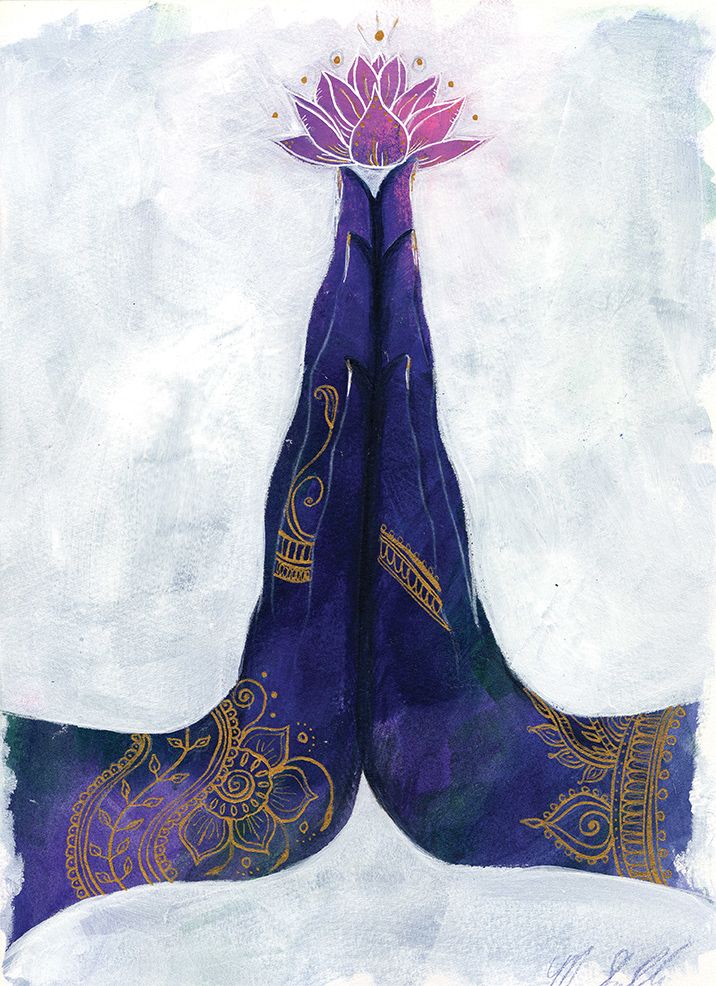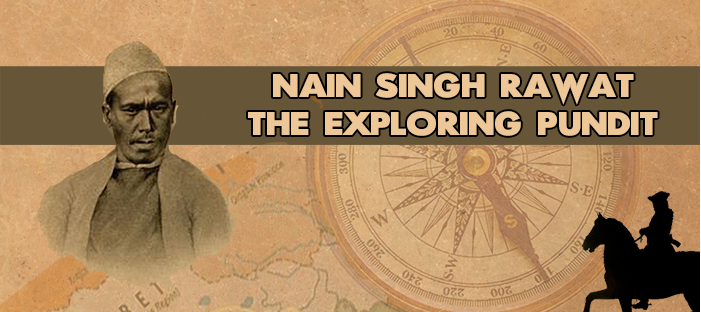
1. North and South and Navrātras
For any South Indian to land in any city in north India during the Navratras, especially in the cities of Western UP, northern MP, and eastern Rajasthan, is to get a shock of a lifetime.
#Ugadi #Ugadi2023 #HinduNewYear #HinduNavVarsh #GudiPadwa
For any South Indian to land in any city in north India during the Navratras, especially in the cities of Western UP, northern MP, and eastern Rajasthan, is to get a shock of a lifetime.
#Ugadi #Ugadi2023 #HinduNewYear #HinduNavVarsh #GudiPadwa
2. To witness colony after colony ‘celebrating’ Navrātras with ear-shattering noise euphemistically called ‘music’...
3. To see women singing and dancing on numbers which horribly sound like a Bollywood song with lyrics changed in favor of the presiding deity, optimistically called ‘bhajan’...
4. To see thousands of shirtless young lads dancing wildly on visarjan processions with their bodies colored in gulaal and similar such sights full of boisterous and rowdy energy shall shock anyone who comes from the South.
5. Any who comes from a place where women put kumkum and gajrā and go to temple to offer arcanā through a priest, and men put vibhūtī and do pradakṣiṇā in dhotī and angavastram, while a live band of performers play a strotram in the rendering of Shri M. S. Subbalakshmi.
6. You couldn’t blame them either. The sheer cultural difference is huge.
7. One place displays refinement and achievement in art, music, attire and culture & the other place shows not just decay in these categories but an acceptance of that decay.
8. It is a sign of culturally benumbing practices that come in the wake of such destruction which North India witnessed during the medieval era.
9. I relate with every such south Indian and have been at loggerheads with many ‘north Indians’ and have been accused by them of ‘betraying their kind’, whatever that means.
10. And yet there is something in the almost ‘abominable practices of the North’ that stops me from condemning it.
11. There is a subconscious sanskāra within that makes me realize that the entire thing is not dharma-less, despite all the glare, boisterousness, gaudiness and sometimes downright ugliness.
12. I realized this as I saw my mother-in-law and various other women of her generation live a life of absolute dharma without any accoutrements of the finer parts of culture.
13. This generation knew only the bhajans created on Bollywood songs and a few others and yet their bhakti when they would spontaneously break into a song while sitting alone in a room during the Navratras, was no less than the bhakti to someone singing Shri M. S. Subbulakshmi.
14. They might be loud and rough and ‘uncivil’, and yet their aagraha in bhakti was as great as that of an individual following all the shastras in celebrating a festival.
15. For many of that generation the Great Goddess is as much a living reality as it is for a devotee of Attukal Bhagavathy temple.
16. There might be no Sanskrit in their books, in their songs and in their conversation but they were as willing to fight and defend what is dharmic as a Sabarimala devotee would be to defend his or her tradition.
17. They might not have a kshetram as mighty, as splendid, and as magnificent as the Madurai Meenakshi Amman is, but they are able to get into the same flights of ecstasy in their ‘ugly concrete’ temple of their neighborhood.
18. This is not an argument for becoming uncultured or in favor of those who are uncultured.
19. It is an attempt to see what makes a group of Hindus tick when they have all lost all their ancient temples, when all traditions are forgotten, all rituals are lost, all the guilds of musicians, artists and singers are extinct, when all the Sanskrit scholars have disappeared.
20. For without any of these cultural supports, their aagraha to remain Hindu and to display this desire to the world remains as strong as ever.
21. And it is this intense āgṛha (insistence) to remain Hindu even after everything beautiful and cultural stripped away from them which strikes me as most significant.
22. And that gets them my respect and my heartfelt gratitude. Sanatana Dharma will live on for it has the capacity to survive even through the Bollywood songs.
23. Of course, we need to work for with every inch of our soul but we can take succor in its strength to survive and last through all these great disturbances.
24. हिन्दू नव वर्ष की आप सभी को शुभकामनायें| गुडी पड़वा की भी आपको शुभकामनायें और वे सभी त्योहारों की जो आपके यहाँ मनाये जाते हैं आज के इस शुभ अवसर पर|
• • •
Missing some Tweet in this thread? You can try to
force a refresh







